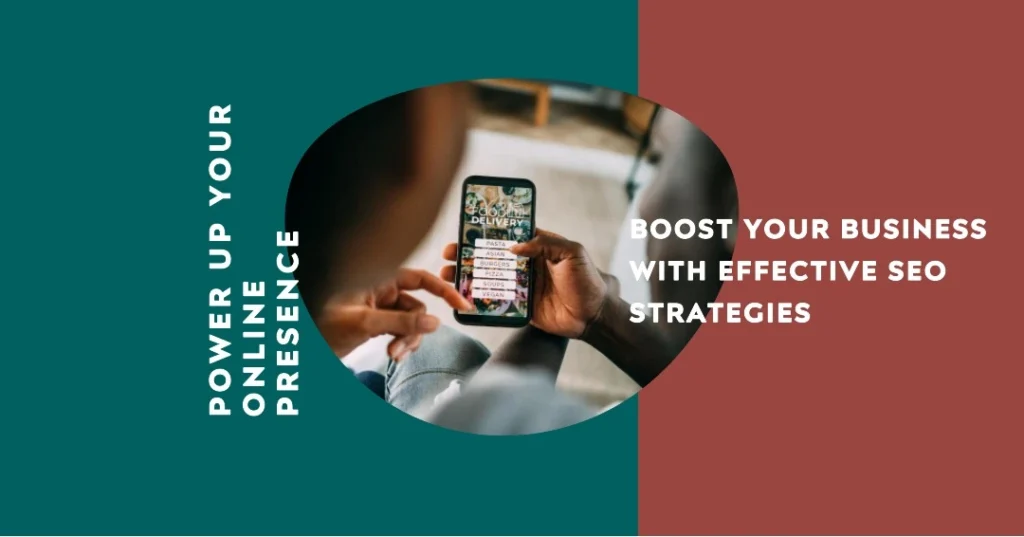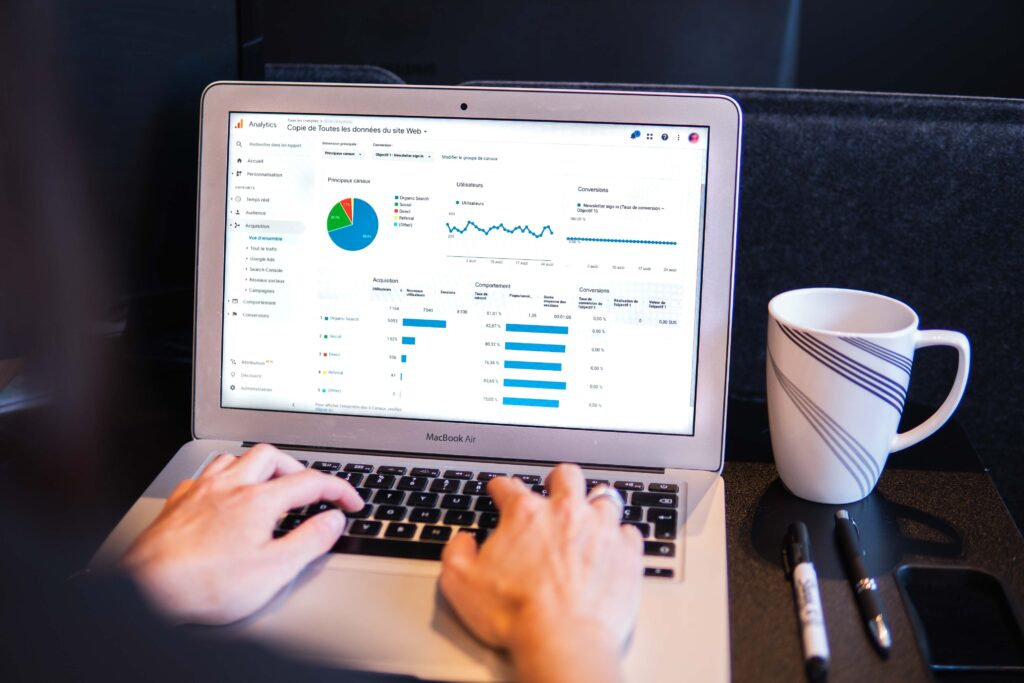
How Electrician Online Marketing Can Boost Your Sales and Profitability
In today’s digital age, the success of any business, including electricians, relies heavily on a robust online presence. This article explores the dynamic realm of electrician online marketing, delving into strategies that can significantly enhance sales and profitability.
Introduction
In the era of smartphones and constant connectivity, online marketing has become a cornerstone for business success. For electricians, harnessing the power of the internet is not just beneficial; it’s essential for thriving in a competitive market.
A. Brief overview of online marketing
Online marketing encompasses a spectrum of strategies aimed at promoting services, engaging with customers, and ultimately driving sales. From search engine optimization (SEO) to social media advertising, the digital landscape offers diverse avenues for electricians to connect with their target audience.

B. Importance of online marketing for electricians
Traditionally, word-of-mouth referrals sustained many businesses, including electricians. However, in today’s digital-centric world, the majority of customers turn to the internet when seeking services. Establishing a robust online presence is crucial for electricians to stay visible and relevant.

The Power of SEO for Electricians
A. Definition and significance of SEO
Search Engine Optimization (SEO) is the art and science of enhancing a website’s visibility on search engines like Google. For electricians, this means optimizing online content to rank higher in relevant search results.

B. How SEO enhances online visibility
When potential customers search for electrical services in their area, a well-optimized website is more likely to appear at the top of search results. This increased visibility translates to more clicks, inquiries, and, ultimately, more business.
C. Key SEO strategies for electricians
- Keyword Optimization: Incorporate relevant keywords naturally into website content.
- Local SEO: Target location-specific keywords to capture local clientele.
- Quality Content: Regularly update the website with informative and engaging content.

Read articles about Search engine optimization (SEO) Tips:
- SEO for Beginners: SEO for beginners with 7 steps to start with
- The Top SEO Strategies for Improving Your Website’s Google Rankings
- 5 Best SEO Plugins For WordPress To Boost Your Site’s Rankings
- SEO 101: How to Optimize Your Website For Maximum Visibility and Impact
- 10 SEO Tactics to Improve Your Search Engine Rankings
Building a Strong Online Presence
A. Importance of a professional website
In the digital age, a business without a website is akin to a storefront with its shutters down. A professional, user-friendly website serves as the virtual storefront for electricians, showcasing their services and establishing credibility.
B. Utilizing social media platforms effectively
Social media platforms like Facebook, Instagram, Twitter, Pinterest, provide a dynamic space for electricians to connect with their audience. From sharing project updates to offering expert advice, social media fosters engagement and brand awareness.
C. Online directories and reviews
Listing services on online directories and encouraging satisfied customers to leave positive reviews can significantly boost an electrician’s online reputation. Many potential customers rely on reviews when making decisions, making this an invaluable aspect of online marketing.
Electrician Online Marketing Can Boost Your Sales and Profitability
A. Creating engaging and informative blog posts
A blog section on the website can serve as a knowledge hub for customers. By addressing common electrical issues, offering maintenance tips, and sharing industry insights, electricians can position themselves as experts in their field.
B. Utilizing video content
Incorporating videos into the marketing strategy adds a personal touch. Tutorial videos, project highlights, and behind-the-scenes glimpses showcase the human side of the business, fostering a connection with the audience.
C. Importance of customer testimonials
Customer testimonials provide social proof of the quality of service offered. Featuring positive feedback on the website and in marketing materials builds trust and confidence in potential customers.
Pay-Per-Click Advertising for Electricians
A. Understanding PPC advertising
Pay-Per-Click (PPC) advertising allows electricians to bid for ad placement in search engine results. It’s a cost-effective way to reach a targeted audience.

B. Benefits and challenges
While PPC offers quick visibility, it requires careful management to ensure a positive return on investment. Electricians must craft compelling ad copy and strategically target keywords.
C. Best practices for electricians
- Targeted Keywords: Select keywords relevant to electrical services.
- Compelling Ad Copy: Create attention-grabbing headlines and clear, concise ad text.
- Landing Page Optimization: Ensure the landing page aligns with the ad content for a seamless user experience.
Email Marketing Strategies
A. Building and maintaining an email list
Email marketing remains a powerful tool for direct communication with customers. Electricians can build an email list by offering valuable content such as newsletters, exclusive promotions, and industry insights.
B. Crafting compelling email campaigns
When sending emails, focus on personalized content that addresses the specific needs of the recipient. Whether it’s a promotional offer or a helpful tip, tailoring the content enhances engagement and conversion rates.
C. Personalization and segmentation
Segmenting the email list based on customer preferences and behaviors allows for targeted and personalized campaigns. Understanding the audience ensures that the content resonates with their interests.

Local SEO Tactics
A. Importance of local SEO for electricians
Local SEO is paramount for electricians targeting a specific geographic area. Optimizing online content for local search queries ensures visibility to potential customers in the vicinity.
B. Optimizing Google My Business
Claiming and optimizing the Google My Business profile is a crucial step in local SEO. Providing accurate business information, responding to reviews, and uploading photos contribute to a positive online presence.
C. Generating local reviews
Encourage satisfied customers to leave reviews on platforms like Google and Yelp. Positive local reviews enhance credibility and influence potential customers in the area.
Utilizing Google Analytics for Insight
A. Importance of data analytics
Google Analytics provides valuable insights into website performance. Electricians can track user behavior, monitor traffic sources, and assess the effectiveness of marketing efforts.
B. Key metrics for electrician marketing
- Traffic Sources: Identify where website traffic is coming from.
- Conversion Rates: Evaluate the percentage of website visitors turning into customers.
- Bounce Rate: Measure the percentage of visitors leaving the site without interacting.

C. Making data-driven decisions
Analyzing data allows electricians to refine their marketing strategies. By understanding what works and what doesn’t, they can allocate resources more effectively.
Navigating Social Media Advertising
A. Targeting the right audience
Social media platforms offer robust targeting options. Electricians can tailor their ads based on demographics, interests, and online behavior to reach their ideal audience.
B. Creating visually appealing ads
Visual content is crucial in social media advertising. Eye-catching images or videos that showcase the quality of work or highlight promotions are more likely to capture attention.
C. Monitoring and adjusting campaigns
Regularly analyze the performance of social media campaigns. Adjust targeting, messaging, or budget based on the results to optimize the return on investment.
Challenges in Electrician Online Marketing
A. Common pitfalls to avoid
- Ignoring Mobile Users: Ensure the website is mobile-friendly for users on smartphones and tablets.
- Neglecting Online Reviews: Actively manage and respond to reviews to maintain a positive online reputation.
- Inconsistent Branding: Maintain a cohesive brand image across all online platforms for brand recognition.
B. Overcoming industry-specific challenges
Electricians may face unique challenges, such as competition and the technical nature of their services. Tailoring marketing strategies to address these challenges is crucial for success.
C. Staying updated on marketing trends
The digital landscape evolves rapidly. Electricians should stay informed about emerging trends and technologies to adapt their marketing strategies accordingly.
Maximizing ROI with Effective Conversion Strategies
A. Optimizing landing pages
Ensure that landing pages are designed for conversion. Clear calls-to-action, relevant information, and easy navigation contribute to a positive user experience.

B. Implementing call-to-action strategies
Encourage website visitors to take specific actions, such as contacting for a quote, through strategically placed calls-to-action.
C. Continuous improvement through A/B testing
Experiment with variations in marketing elements, such as ad copy or landing page design, through A/B testing. This iterative process helps identify the most effective strategies.
Case Studies: Successful Electrician Marketing Campaigns
A. Highlighting real-world success stories
Share case studies of electricians who have implemented successful marketing strategies. Analyze what made these campaigns effective and extract lessons for others.
B. Learning from effective strategies
Identify common elements in successful campaigns, such as targeted advertising, engaging content, and responsive customer communication. Implementing similar tactics can yield positive results.
Adapting to Industry Changes
A. Evolving trends in online marketing
Stay abreast of industry trends, such as emerging technologies or shifts in consumer behavior. Being proactive in adapting to these changes ensures sustained success.
B. Staying ahead of the competition
Regularly assess competitors’ marketing strategies. Differentiating services and offering unique value propositions help electricians stand out in a crowded market.
C. Flexibility in marketing approaches
Adaptability is key. Electricians should be willing to adjust their marketing approaches based on evolving industry dynamics and customer preferences.
- Electrician Website Designs
- Website Design for Alang Electrical Pty Ltd
Conclusion
In conclusion, embracing online marketing is not just a trend for electricians; it’s a necessity for growth and sustainability. From SEO to social media advertising, a comprehensive digital marketing strategy can significantly boost sales and profitability. By navigating challenges, leveraging data, and staying attuned to industry changes, electricians can position themselves for long-term success in the competitive online landscape.

Frequently Asked Questions (FAQs)
A. How long does it take to see results from online marketing?
The timeline for seeing results varies but, on average, it can take a few months. Consistency in implementing strategies is key to long-term success.
B. Is social media advertising effective for electricians?
Yes, social media advertising can be highly effective for electricians. It allows targeted reach, engagement, and brand visibility.
C. What are the most common mistakes to avoid in electrician marketing?
Common mistakes include neglecting online reviews, ignoring mobile users, and inconsistent branding. Addressing these can enhance marketing effectiveness.
D. How can electricians measure the success of their online marketing efforts?
Metrics such as website traffic, conversion rates, and customer inquiries can gauge the success of online marketing efforts.
E. Are there any specific regulations for online marketing in the electrical industry?
Regulations may vary, but generally, providing accurate information and complying with industry standards is crucial. Consult local authorities for specific guidelines.
What are the Key Components of a Successful Electrician Website?
A successful electrician website should include a clear description of services, contact information, a portfolio of past work, and customer testimonials. Additionally, it should be visually appealing and easy to navigate.
Is Blogging Important for Electrician Marketing?
Yes, blogging is essential. Regularly publishing informative and relevant content not only boosts SEO but also positions the electrician as an industry authority, attracting and retaining customers.
How Can Electricians Effectively Utilize Customer Testimonials?
Customer testimonials can be featured on the website, social media, and marketing materials. They provide social proof and build trust among potential customers, influencing their decision-making.
What Role Does Reputation Management Play in Electrician Marketing?
Reputation management is crucial. Electricians should actively monitor online reviews, address any negative feedback promptly, and encourage satisfied customers to leave positive reviews to build a strong online reputation.
Are There Affordable Marketing Strategies for Small Electrician Businesses?
Yes, there are cost-effective strategies, such as local SEO, social media marketing, and email campaigns. Small businesses can also leverage community partnerships and word-of-mouth referrals.
Get Access Now!
Ready to elevate your electrician business through strategic online marketing? Get access to valuable insights and resources by clicking here. Don’t miss the opportunity to stay ahead in the digital realm!








